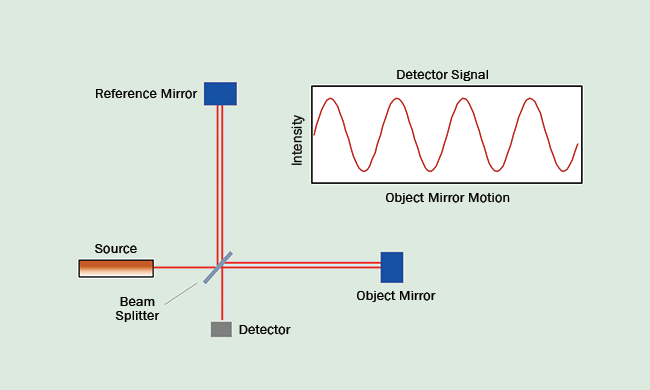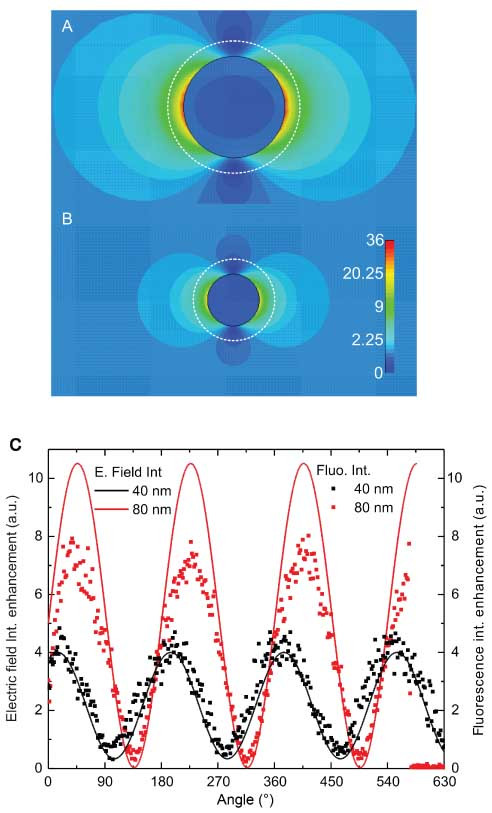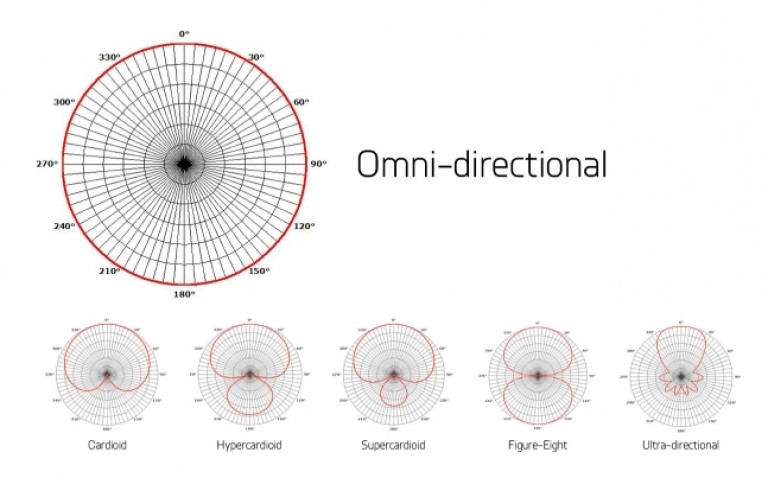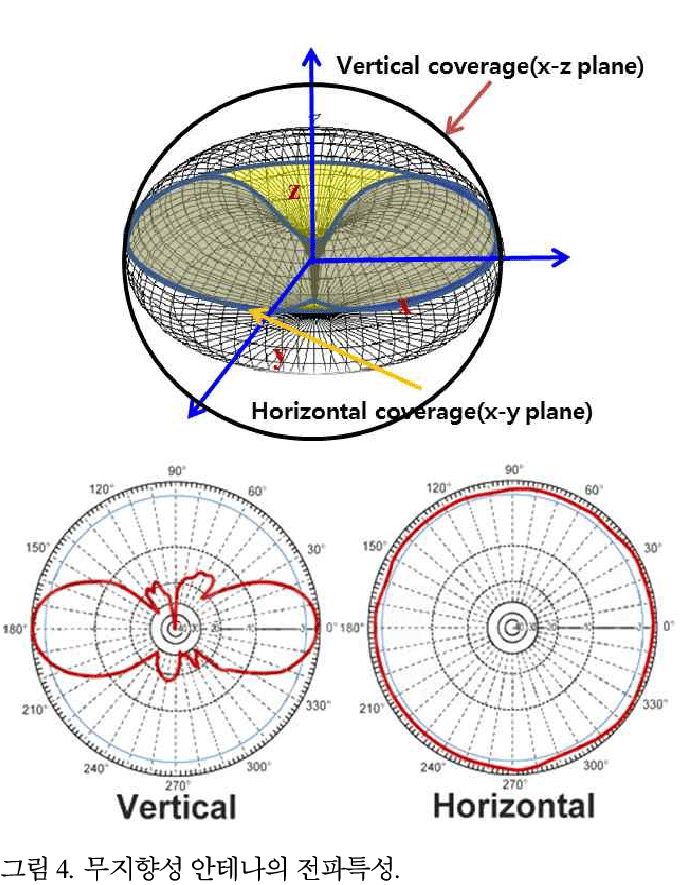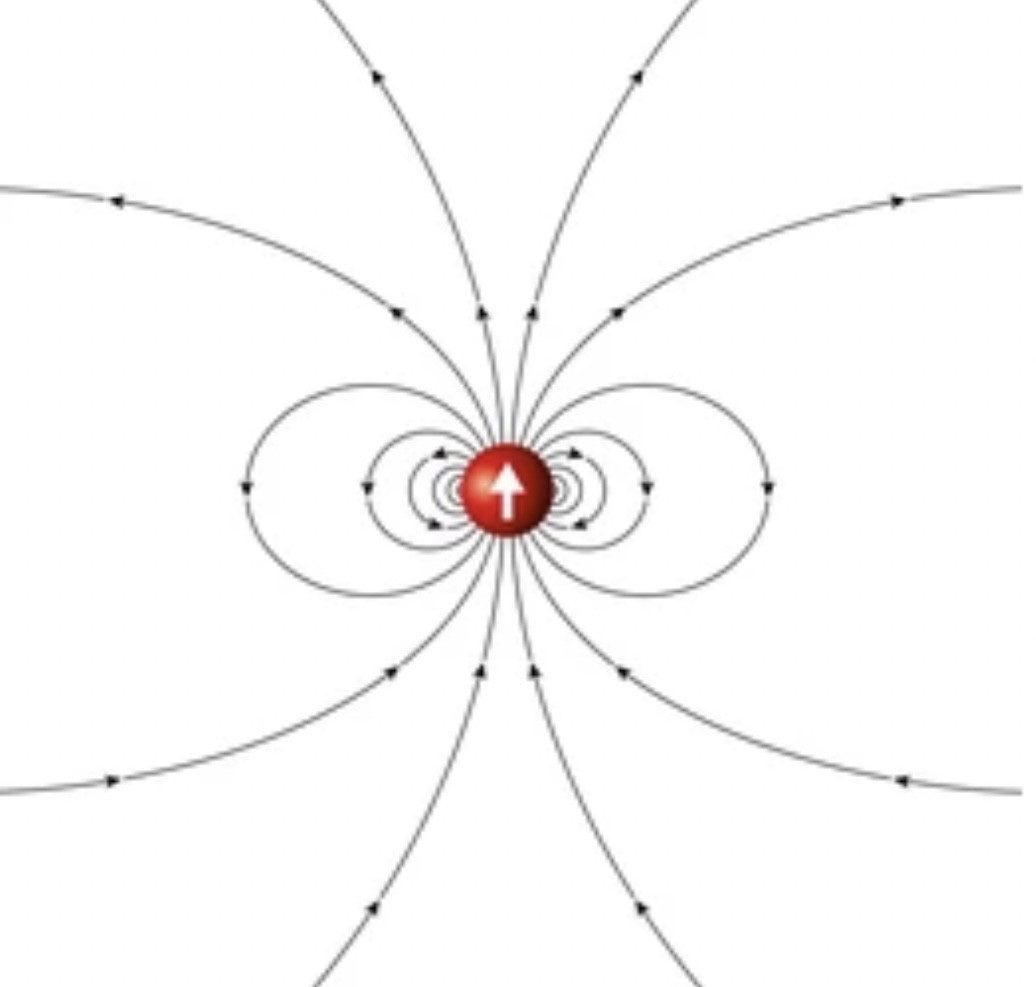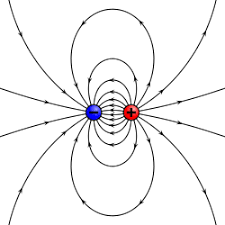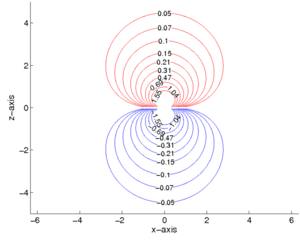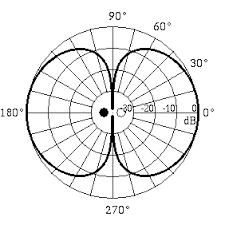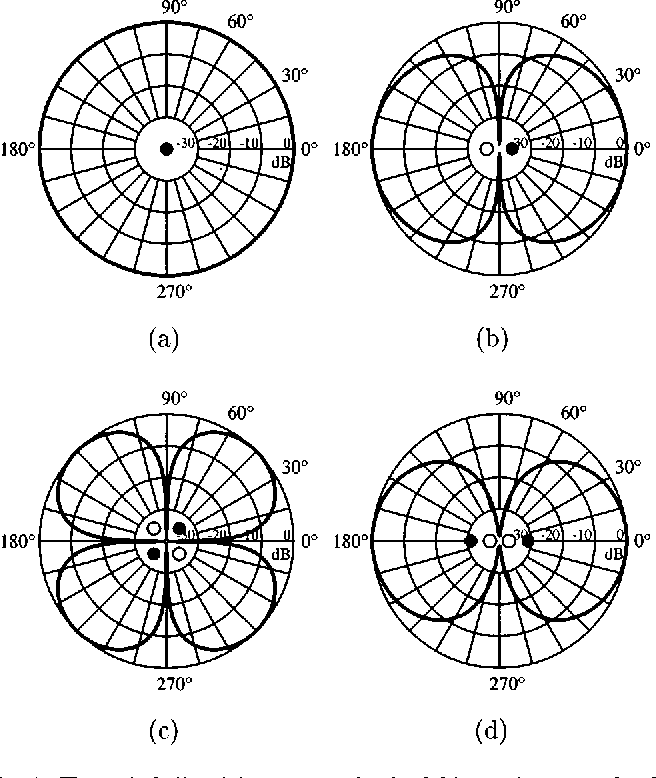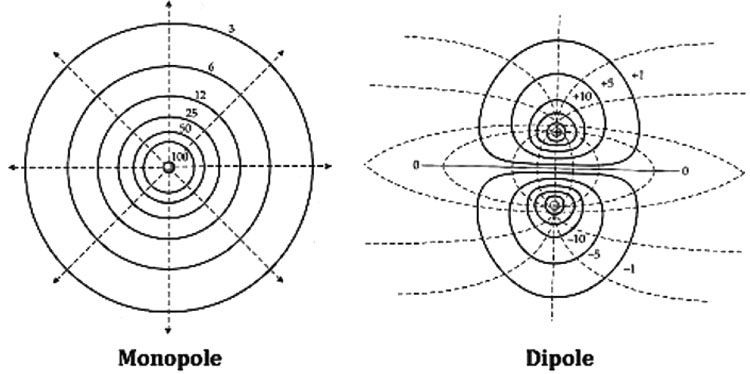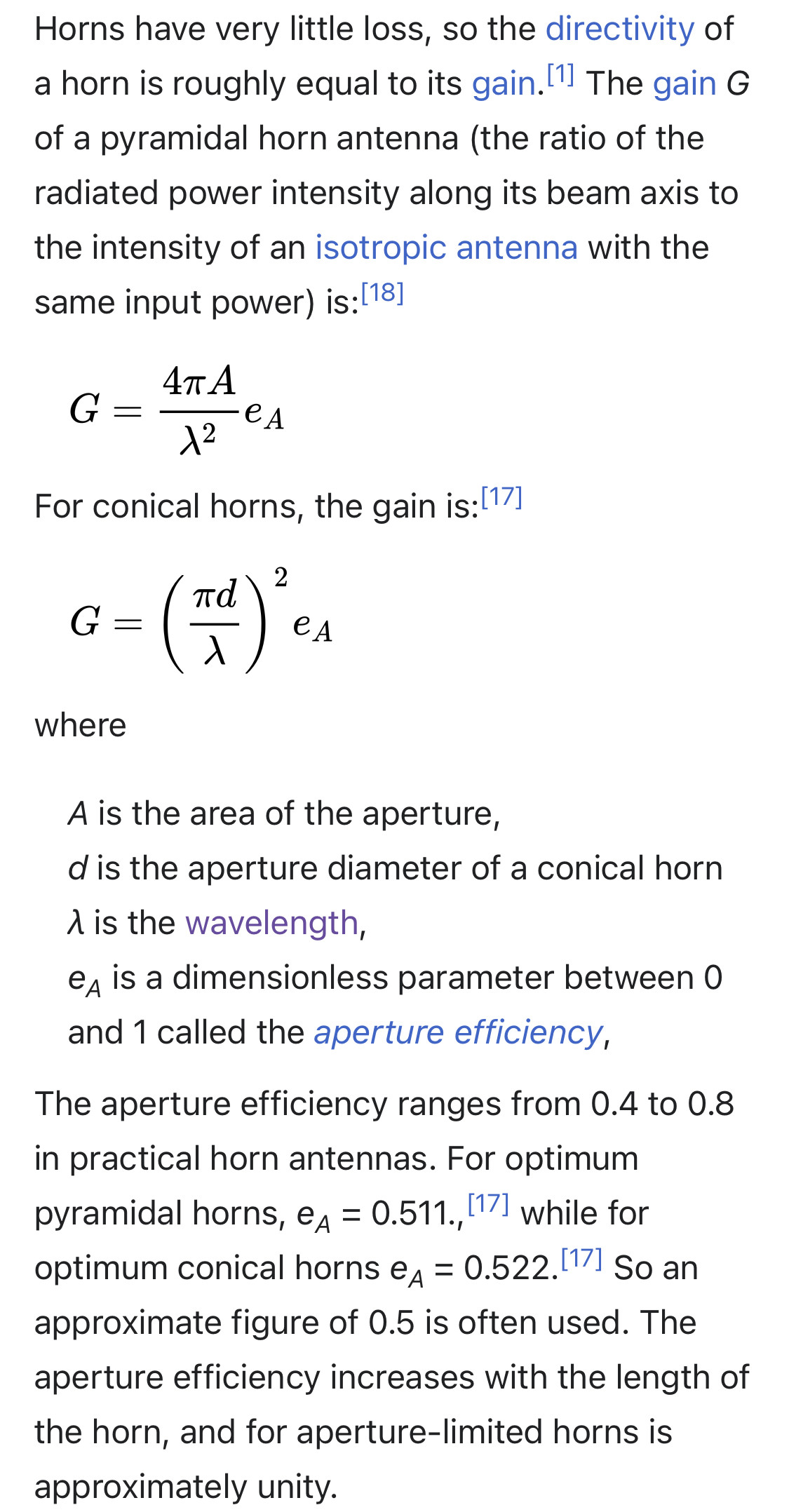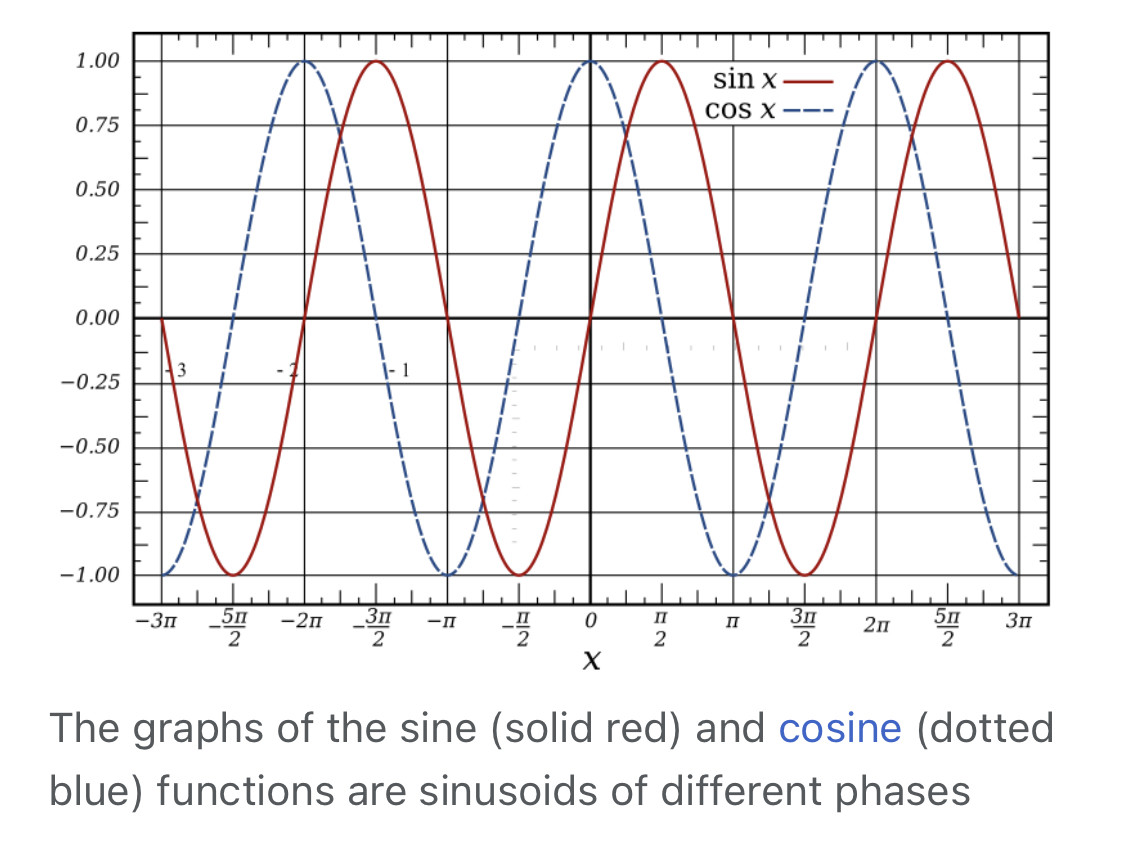mouth
Origin
Old English mūth, of Germanic origin; related to Dutch mond and German Mund, from an Indo-European root shared by Latin mentum ‘chin’.
Jas 3:3 Behold, we put bits G5469 in the horses' mouths, that they may obey us; and we turn about their whole body.
khal-ee-nos'; from G5465; a curb or head-stall (as curbing the spirit):—bit, bridle.
G4750
stom'-a; mouth-the mouth, as part of the body: of man, of animals, of fish, etc.
since thoughts of a man's soul find verbal utterance by his mouth, the "heart" or "soul" and the mouth are distinguished
the edge of a sword
Sword/Words
Natural frequency, also known as eigenfrequency, is the frequency at which a system tends to oscillate in the absence of any driving or damping force.
The motion pattern of a system oscillating at its natural frequency is called the normal mode (if all parts of the system move sinusoidally with that same frequency).
If the oscillating system is driven by an external force at the frequency at which the amplitude of its motion is greatest (close to a natural frequency of the system), this frequency is called resonant frequency.
Crossed S W or Ds
Bidirectional ringing?
By bell?
❤️Beloved =65
Rom 11:17 And if some of the branches be broken off, and thou, being a wild olive tree, G65 wert graffed in among them, and with them partakest of the root and fatness of the olive tree;
Mat 3:17 And lo a voice from heaven, saying, This is my beloved G27 Son, in whom I am well pleased.
ag-ap-ay-tos'; from G25; beloved:—(dearly, well) beloved, dear.,esteemed, dear, favourite, worthy of love
dear
/dɪə/
adjective: dear; comparative adjective: dearer; superlative adjective: dearest
1.
regarded with deep affection.
"a dear friend"
beloved
loved
much loved
darling
adored
cherished
precious
esteemed
respected
worshipped
close
intimate
confidential
bosom
boon
favourite
best
treasured
valued
prized
special
favoured
The Text speaks of it, as an Adorning, much more excellent and valuable than Gold, or Pearls, or the most costly Array […]
Her gentlewomen, like the Nereides,
So many mermaids, tended her i’ the eyes,
And made their bends adornings […]
adorning
present participle of adorn
Noun
adorning (plural adornings)
(archaic) An adornment.
A horn antenna or microwave horn is an antenna that consists of a flaring metal waveguide shaped like a horn to direct radio waves in a beam. Horns are widely used as antennas at UHF and microwave frequencies, above 300 MHz. They are used as feed antennas (called feed horns) for larger antenna structures such as parabolic antennas, as standard calibration antennas to measure the gain of other antennas, and as directive antennas for such devices as radar guns, automatic door openers, and microwave radiometers. Their advantages are moderate directivity, low standing wave ratio (SWR), broad bandwidth, and simple construction and adjustment
The waves travel down a horn as spherical wavefronts, with their origin at the apex of the horn, a point called the phase center. The pattern of electric and magnetic fields at the aperture plane at the mouth of the horn, which determines the radiation pattern, is a scaled-up reproduction of the fields in the waveguide. Because the wavefronts are spherical, the phase increases smoothly from the edges of the aperture plane to the center, because of the difference in length of the center point and the edge points from the apex point. The difference in phase between the center point and the edges is called the phase error. This phase error, which increases with the flare angle, reduces the gain and increases the beamwidth, giving horns wider beamwidths than similar-sized plane-wave antennas such as parabolic dishes.
being the only one of its kind; unlike anything else.
"the situation was unique in British politics"
Middle English: from Old French unite, from Latin unitas, from unus ‘one’.
An optical vortex (also known as a photonic quantum vortex, screw dislocation or phase singularity) is a zero of an optical field; a point of zero intensity. The term is also used to describe a beam of light that has such a zero in it. The study of these phenomena is known as singular optics.
A sine wave, sinusoidal wave, or just sinusoid is a mathematical curve defined in terms of the sine trigonometric function, of which it is the graph. It is a type of continuous wave and also a smooth periodic function. It occurs often in mathematics, as well as in physics, engineering, signal processing and many other fields.
co-
1.
(forming nouns) joint; mutual; common.
"co-driver"
2.
(forming adjectives) jointly; mutually.
"coequal"
3.
(forming verbs) together with another or others.
"co-produce"
4.
MATHEMATICS
of the complement of an angle.
"cosine"
ine
/ʌɪn,ɪn,iːn/
Origin
from French -in, -ine, or from Latin -inus .

